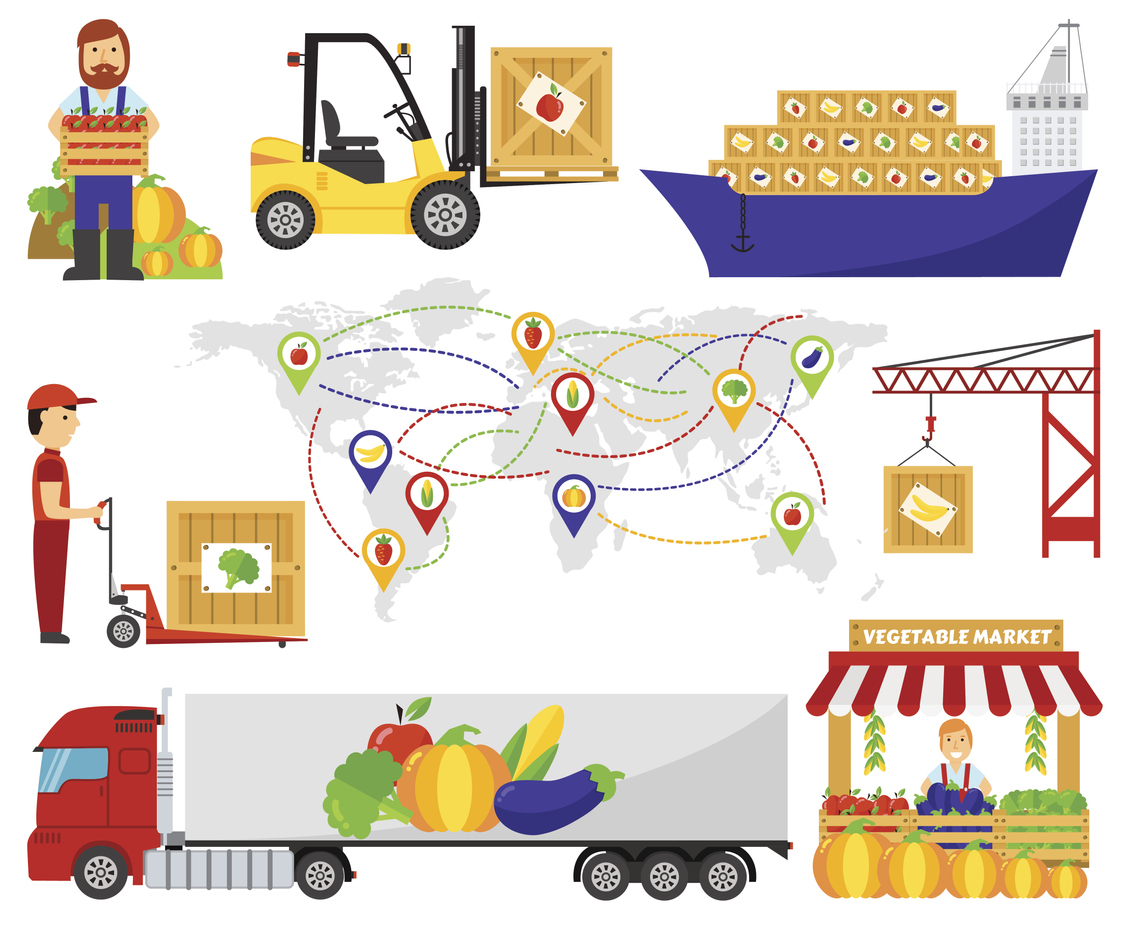This year, a record-breaking 478 climbing permits were issued for climbing Mt. Everest. It was estimated only 52 percent of those climbers were able to reach the summit of the world’s tallest mountain.
When people consider Mt. Everest, it is with awe and acceptance of the need for expertise. Before embarking on such a journey, climbers need a knowledge base, a sherpa or guide to help them along the way, and a significant investment in special equipment. There are also requirements of each permitted climber to care for the mountain itself by removing trash, human waste, and other debris generated by their excursion. Most of these concepts are also considered by non-climbers.
A thread on X (formerly Twitter) highlights how fundamental concepts in other pursuits like agriculture are less understood and accepted:
“Best business in the world: Farming. Use $50 to buy 10 tomato plants. In 6 months you have 250 tomatoes. Plant those into 250 plants. 6 mo you have 6,250 tomatoes. Plant them. 6 mo you have 156k tomatoes. Plant them. 6 mo you have 3.9MM tomatoes. Sell them for $1 each.
Extra benefits that make farming so scalable: 1) Ingredients are rain and sun. Both are free. 2) You’re competing against other farmers who haven’t been to college. 3) Huge government subsidies to increase $, Farmers are so wealthy they own most of the land in this country!”
Farmers and ranchers often respond to these sorts of claims with, “If it is so easy, why isn’t everyone doing it?” Food producers aren’t wrong, less than 2 percent of the U.S. population is directly involved in farming and ranching.
What makes posts like this so misleading? They are posted with little regard for the truth.
According to a study conducted by the University of California Extension Service, it costs approximately $6,000 an acre to grow tomatoes for commercial use. An acre will hold an average of 4,700 plants, yielding approximately 25 tomatoes per plant.
According to the author there’s no need to account for land or labor costs because both are “free” in the iteration of this version of farming as is rain and sunlight. The “plan” is to rely entirely on “volunteer seeding” for replanting the crops beyond the initial 10-plant investment. However, there is no mention of land purchase or potting for the initial planting, weed control, harvest, property taxes, transportation to market, pruning, the potential need to thin the crop, pest control, drought, inclement weather, marketing needs, or several other factors.
The thread also touches on “huge government subsidies to increase $.” However, the author would be disappointed to learn tomatoes do not receive subsidies. In fact, under the current federal subsidy program, most fruits and vegetables are ineligible to receive subsidies at the request of the grower community. Because much of the nation’s winter tomato crop is grown in Florida, the fruit is eligible for “catastrophic loss” crop insurance coverage but that would negate the stated “plan” to scale up every six months.
Folded into the claim about subsidies, the post adds a quick jab at landownership and wealth. It is important to recognize 40 percent of land in the U.S. is public land – meaning it is owned by taxpayers. Private landowners hold their fair share of land in the U.S. but before jumping to conclusions about who owns the most land in the U.S., take a look at the 2022 list. (Hint: Bill Gates doesn’t even crack the Top 10.)
There is also the regulatory burden to consider. While the author does not consider property taxes, they are almost certainly a guaranteed cost. In addition to taxes and fees, there are licenses, permits, and inspections to consider. If the tomatoes are being grown for fresh consumption, inspections of the fields, equipment, packaging, storage, and other facilities that will come in contact with the produce before it is consumed must be completed. Additionally, if the tomatoes are being marketed directly to consumers from a stand on the farm, there may be permits needed for the construction of a facility, handling of the produce, refrigeration, comingling with other products, temperature monitoring, and more.
For too long food production has been classified as an easy job because it has been equated with gardening or with hobbies rather than with business pursuits. Culturally and collectively, it is crucial for non-food producers to embrace the complexities of food production, just as they do other unfamiliar pursuits.
Before climbing the tallest mountain in the world, you seek out the advice of someone with experience. It is time to start doing the same when it comes to food production.





